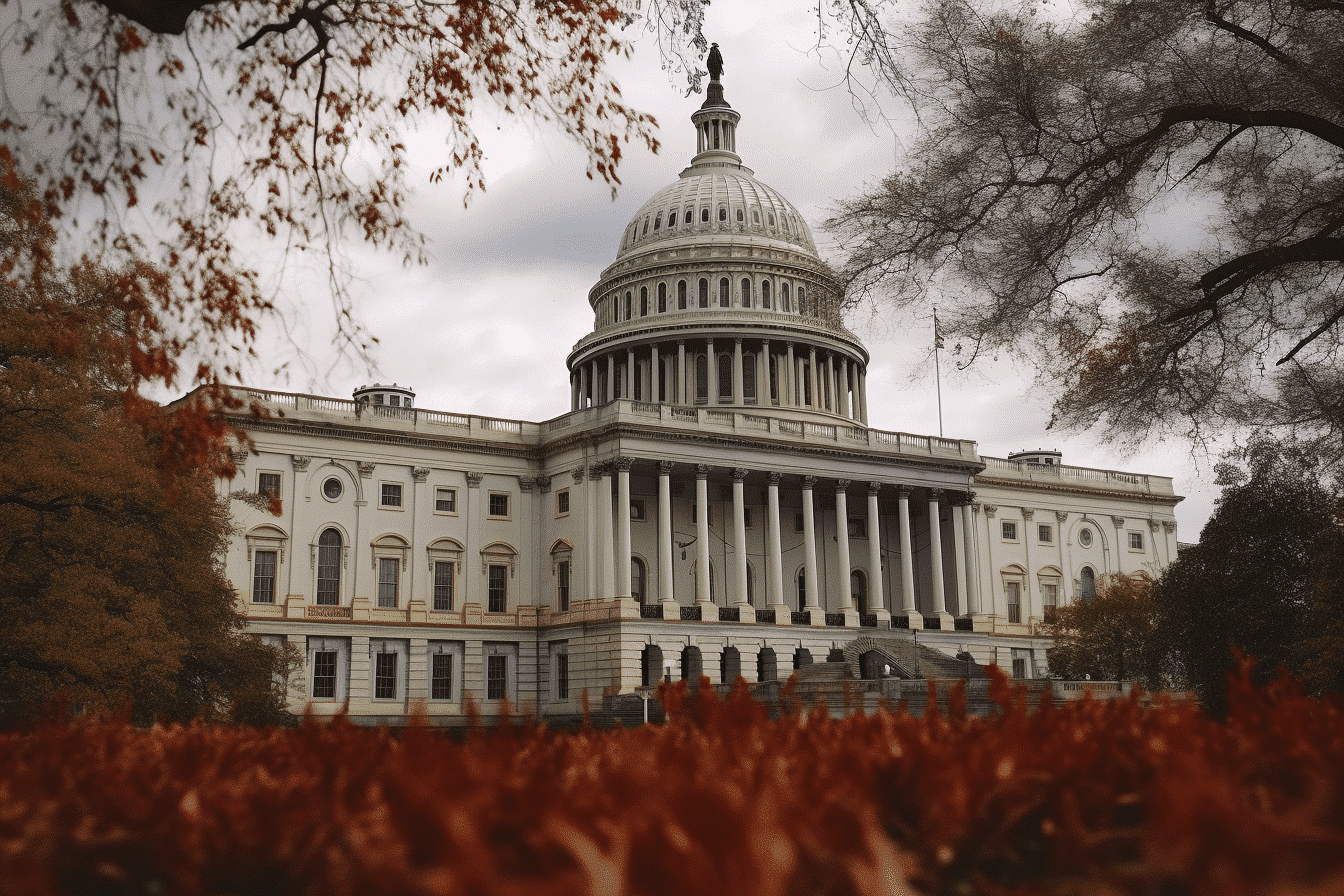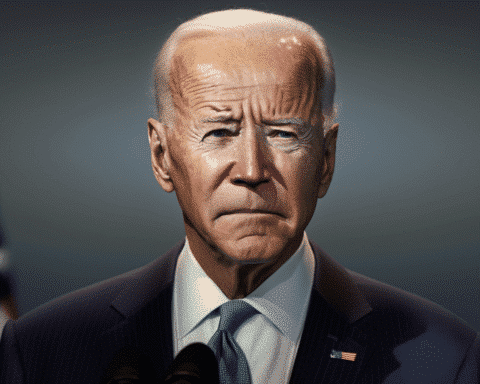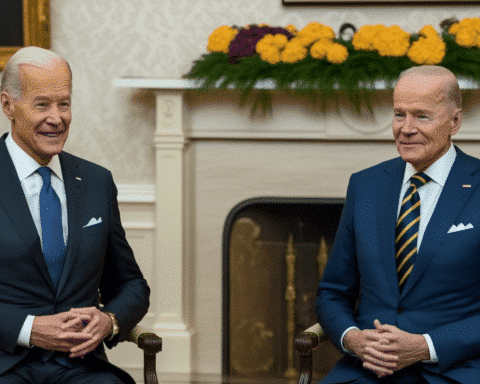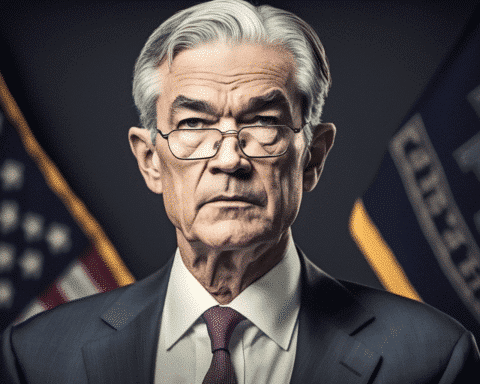The White House highlighted the need for Congress to enact a temporary funding solution to ensure the uninterrupted function of the government as the current fiscal year closes on September 30th.
A representative from the Office of Management and Budget mentioned, although without official authorization, that there’s a strong possibility for Congress to put forward a brief spending solution in September. This move would counteract the chances of a possible semi-shutdown. This individual provided insights on an anonymous basis to The Associated Press.
The absence of this crucial legislative nod could lead to certain sections of the federal government coming to a standstill from October 1st. This scenario could endanger vital federal schemes that countless American families count on. The looming shutdown threat emerges due to differing views on the yearly budgetary bills between the Republican-dominated House and the Democratic-majority Senate. Both parties, despite their contrasts, do not favour a shutdown.
The debate heats up as House Republicans are pushing for significant reductions in several programs. This situation revives the earlier contentious discussions regarding the nation’s finances. A consensus between Congress and the White House was achieved earlier this year in June, allowing the government’s borrowing limit to be stretched till January 2025.
Karine Jean-Pierre, the White House press secretary, was quizzed during Wednesday’s daily press briefing about shutdown preparations. She steered clear from discussing the “what-ifs” of such a situation but was quick to point the finger at Congress for any potential closure. “The ball is in Congress’s court to ensure the government doesn’t shut down,” she remarked.
House Speaker Kevin McCarthy, representing California from the Republican side, shared with Fox News his preference for a short-term funding solution. He emphasized that a shutdown negatively impacts the American populace. He believes that an extension would pave the way for the House to enact its expenditure strategies, giving it an edge during discussions with the Senate.
The stakes are undeniably high as the end of the fiscal year looms. Both the White House and Congress recognize the detrimental impact a government shutdown would have on the American populace. As negotiations continue, it’s crucial for both sides to prioritize the needs of the American people and find common ground, ensuring that governmental services remain uninterrupted. Whether this is achieved through short-term funding measures or long-term compromises, the objective remains the same: a functioning government that serves its people.




